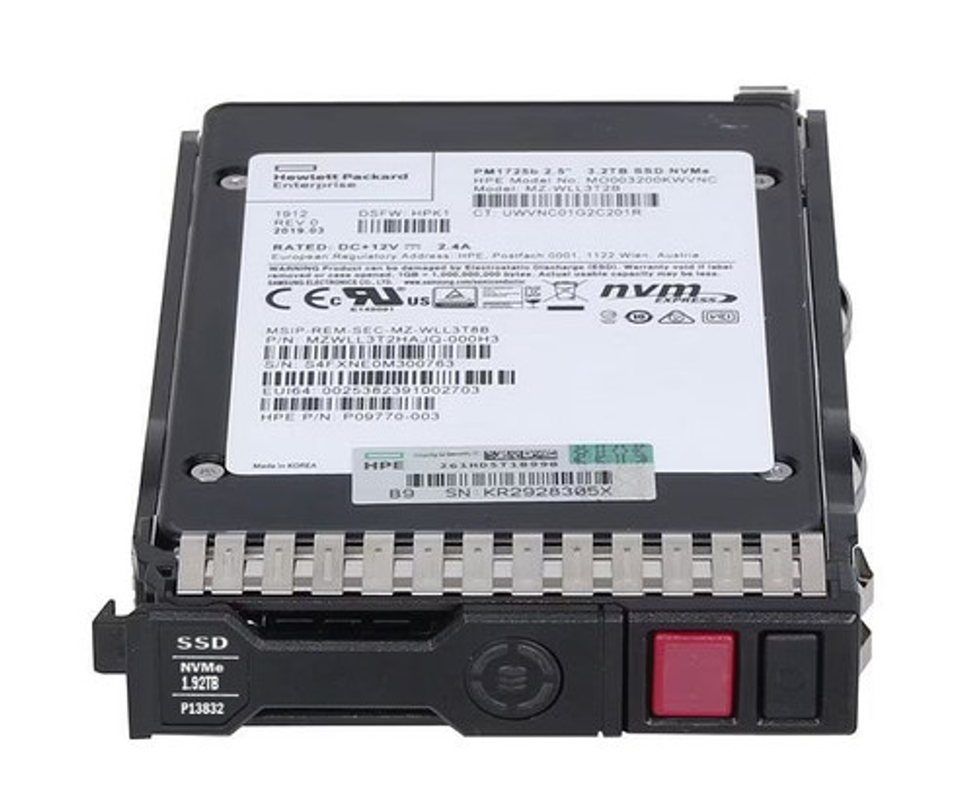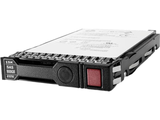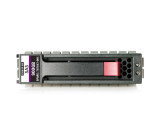Supercharge Your HPE ProLiant Servers with NVMe SSDs: A Guide for Gen8, Gen9, and Gen10 Models
In the fast-evolving landscape of data centers and enterprise computing, storage performance plays a critical role. Hewlett Packard Enterprise (HPE) ProLiant servers are designed to offer high performance, scalability, and reliability, and adding NVMe (Non-Volatile Memory Express) SSDs takes these capabilities even further. This article explores the benefits of using HPE NVMe SSDs in ProLiant Gen8, Gen9, and Gen10 servers and how they can transform your enterprise workloads.
Understanding NVMe Technology
NVMe is a modern storage protocol designed specifically for flash memory storage. Unlike traditional SATA and SAS interfaces, NVMe uses a direct connection to the CPU through the PCIe (Peripheral Component Interconnect Express) bus, which enables significantly faster data transfer speeds and lower latency. This technology is ideal for applications demanding high IOPS (Input/Output Operations Per Second) and low response times, such as databases, analytics, virtualized environments, and high-performance computing (HPC).
Key Benefits of Using NVMe SSDs in HPE ProLiant Servers
1. Improved Speed and Efficiency:
NVMe SSDs offer significantly faster read and write speeds than traditional SATA and SAS SSDs, making them ideal for data-intensive workloads.
2. Lower Latency:
NVMe SSDs reduce latency, which improves application response times. This benefit is crucial for workloads like real-time analytics, virtualization, and artificial intelligence (AI).
3. Enhanced Reliability and Endurance:
NVMe SSDs often provide higher durability and endurance due to the advanced flash memory technology and more efficient data handling mechanisms.
4. Reduced Power Consumption:
Compared to traditional HDDs and some SSDs, NVMe SSDs are more power-efficient, contributing to reduced operational costs and a smaller carbon footprint.
5. Future-Proofing:
As data center demands continue to grow, having an NVMe SSD infrastructure can help future-proof your systems by supporting higher performance and faster speeds as applications evolve.
HPE NVMe SSD Compatibility with ProLiant Gen8, Gen9, and Gen10 Servers
HPE has made strides in NVMe SSD compatibility with its ProLiant series, particularly for Gen9 and Gen10 servers. Here’s how NVMe SSDs integrate with each generation:
- ProLiant Gen8 Servers:
HPE ProLiant Gen8 servers were initially designed with SATA and SAS support. While they don’t natively support NVMe, workarounds like adding PCIe adapters can enable NVMe SSD use in some cases. However, HPE does not officially certify NVMe support in Gen8 servers, and users may face limitations in achieving optimal NVMe speeds.
- ProLiant Gen9 Servers:
HPE introduced more extensive support for SSDs in Gen9, with some configurations allowing NVMe drives through PCIe slots. However, native NVMe slots are not standard on Gen9 models, which may impact speed and integration. HPE NVMe SSDs can be used via PCIe adapters, providing improved performance over SATA drives, though with some limitations compared to native NVMe support.
- ProLiant Gen10 Servers:
The Gen10 series is the most NVMe-friendly of the ProLiant generations. Many Gen10 models offer native NVMe slots, allowing for seamless integration without the need for adapters. Gen10 servers fully leverage the speed and low latency of NVMe technology, making them ideal for high-performance environments.
Choosing the Right HPE NVMe SSD for Your ProLiant Server
Selecting the correct NVMe SSD depends on the workloads and performance requirements:
- Read-Intensive Workloads:
For applications with high read demands, like content delivery or web serving, HPE’s read-intensive NVMe SSDs offer the best performance with lower cost per gigabyte.
- Mixed-Use Workloads:
For database applications, virtualization, or cloud computing, mixed-use NVMe SSDs provide a balance of read and write performance.
- Write-Intensive Workloads:
For workloads such as AI, machine learning, or large-scale analytics, write-intensive NVMe SSDs are recommended as they offer higher endurance.
Installation and Configuration Tips
1. Check Firmware Compatibility:
Ensure that your ProLiant server firmware is updated to the latest version, as updates often include better NVMe support.
2. Use PCIe Adapters as Needed:
For Gen8 and Gen9 servers, PCIe adapters can enable NVMe SSD installation, though they may limit full NVMe speed and integration.
3. Consider RAID Configurations:
For enhanced data protection and redundancy, RAID configurations with NVMe SSDs are possible. Gen10 servers offer RAID support for NVMe, which can improve both performance and resilience.
4. Monitor and Manage SSD Health:
Use HPE’s tools like Smart Storage Administrator (SSA) to monitor SSD health, ensuring optimal performance and planning for maintenance or replacements as needed.
Conclusion
HPE NVMe SSDs offer a powerful upgrade for ProLiant Gen8, Gen9, and Gen10 servers, transforming them into high-performance platforms suitable for demanding enterprise workloads. While Gen8 and Gen9 servers may require workarounds for NVMe support, Gen10 servers natively support these drives, allowing users to harness NVMe’s full potential. By choosing the right SSD type for your workloads and carefully configuring the servers, your data center can benefit from greater efficiency, speed, and reliability.
Recent Posts
-
Powering Enterprise Workloads: HPE 900GB 15K RPM SAS-12Gbps Smart Carrier Drive for ProLiant Gen9 & Gen10
In today’s demanding enterprise IT environments, businesses require high-performance, reliable …Mar 3rd 2025 -
Unleashing Enterprise Power: HPE 900GB 10K RPM SAS-12Gbps HDD for High-Performance Storage
In enterprise storage solutions, reliability, performance, and scalability are crucial factors. The …Mar 2nd 2025 -
Power, Speed, and Reliability: The HPE 600GB 15K RPM SAS Drive for Enterprise-Grade Storage
Introduction In today’s fast-paced digital world, businesses require reliable, high-speed, and …Mar 1st 2025




